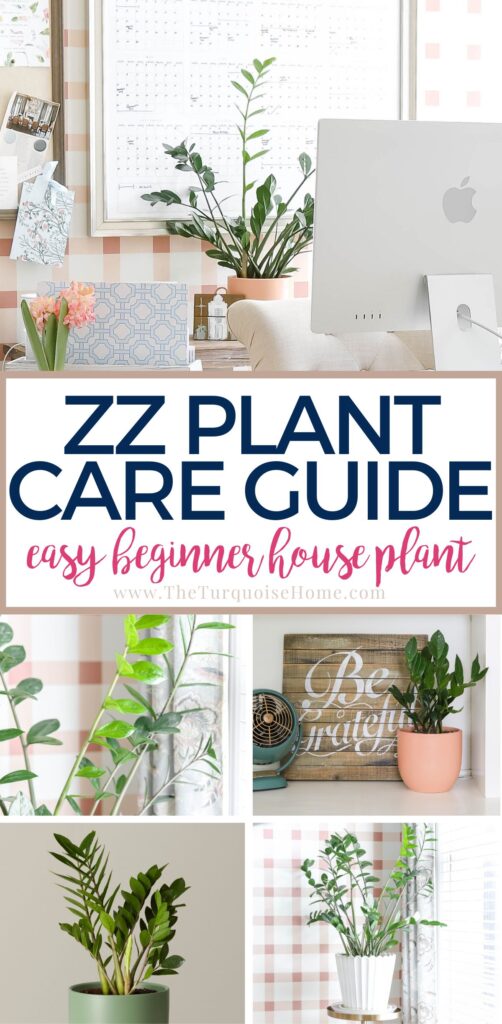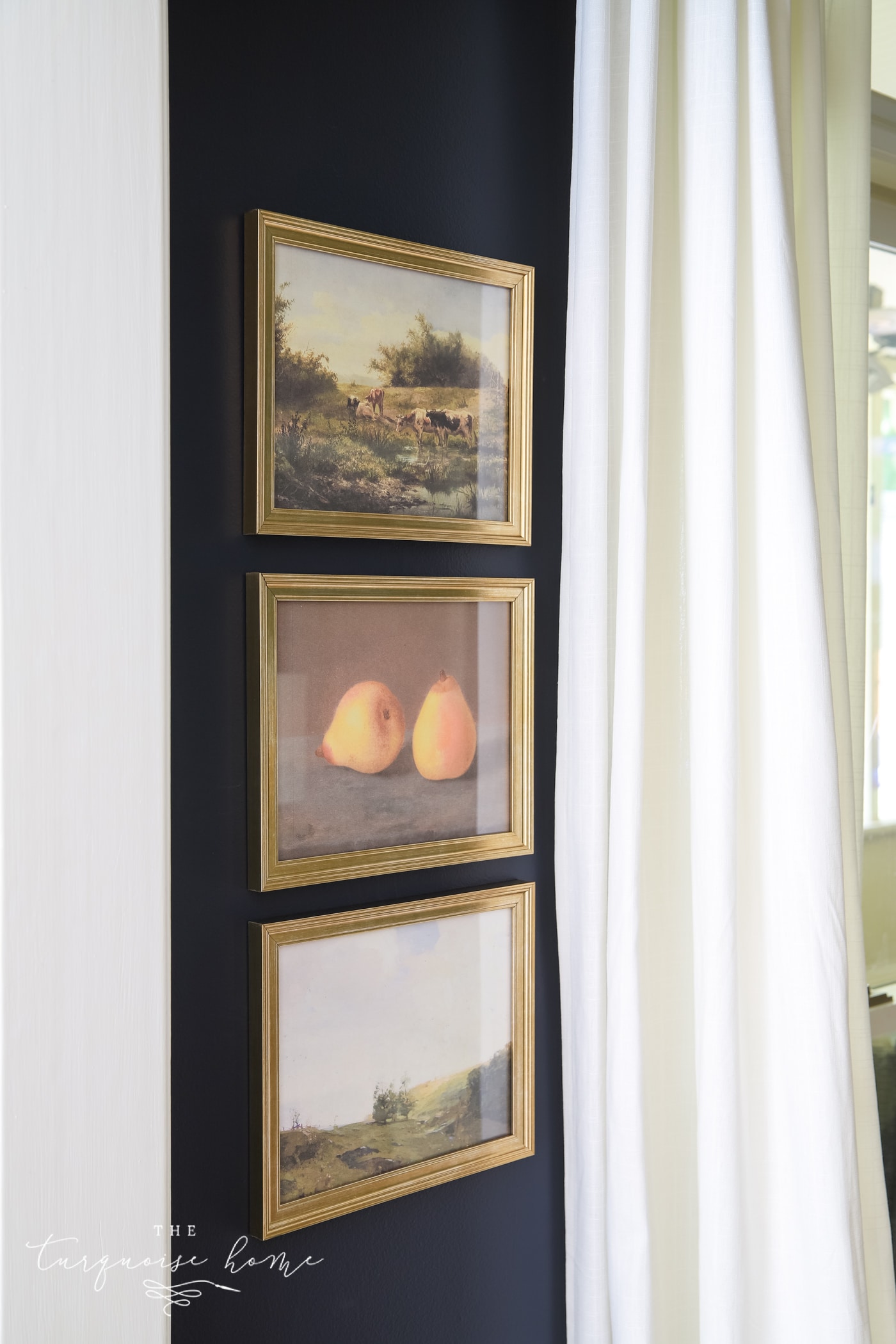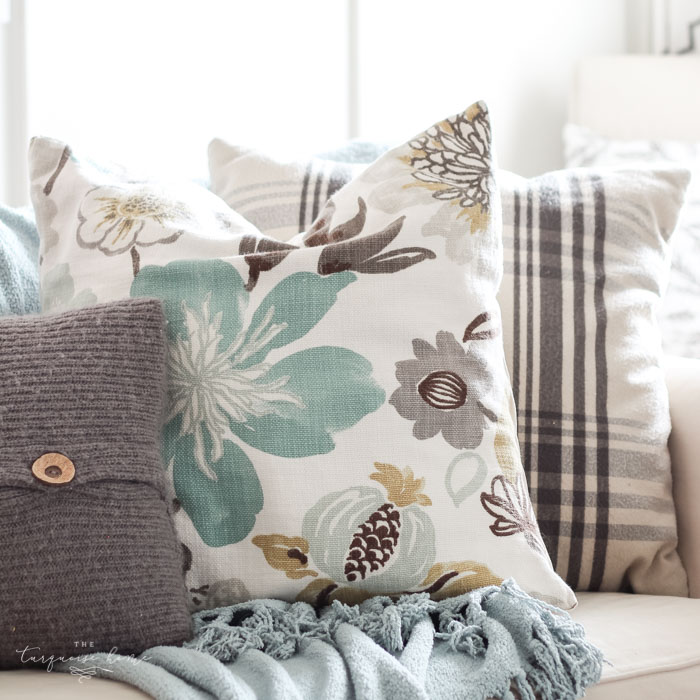ZZ Plant Care Guide
That’s two zs, not three, so you shouldn’t sleep on getting a ZZ plant if you’ve been looking for a super easy plant to add pretty greenery to your decor and freshen the air. I’ve learned by trial and error this is the absolute best of the beginner houseplants, and it’s a favorite among experienced plant people, too.
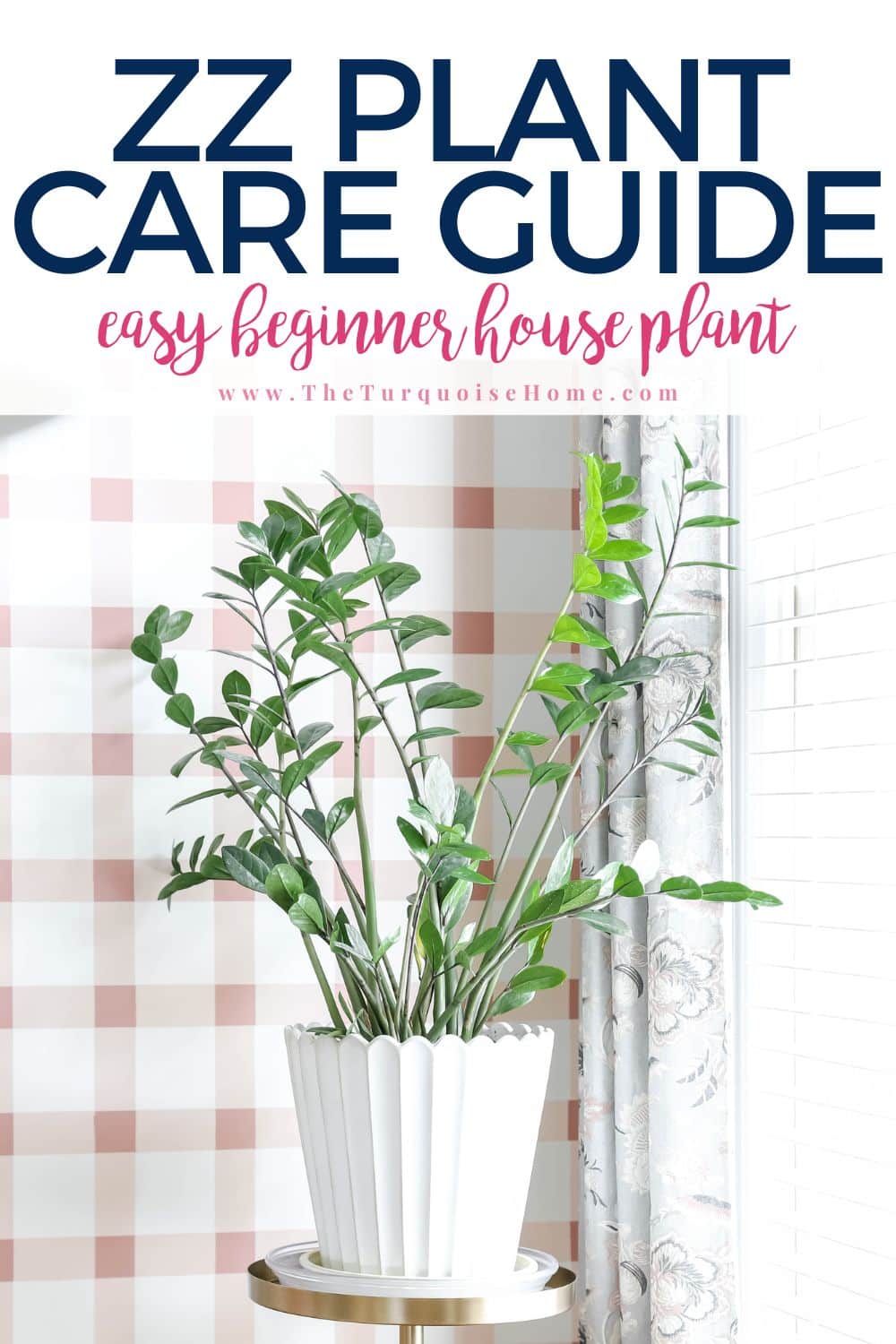
Once upon a time, I had a black thumb. I couldn’t keep a plant alive for anything! I now chalk that up to trying to keep kids alive taking precedence over anything else. I would have said I’m only good with faux plants just a few years ago.
But ever since I dipped my toe into the plant world with the three easiest house plants, I’ve successfully kept many plants alive! While it’s been a learning curve, I’ve enjoyed adding different plants to my collection in the years since.

Want to Save This?
Enter your email below and I’ll send it directly to your inbox!
This post contains affiliate links for your convenience. See my full disclosure policy.
Hello, ZZ Plant! Goodbye, Black Thumb.
My very first plant was this ZZ plant (a.k.a. Zamicioculcas zamiiifolia or Zanzibar gem). It made its debut on the blog in 2020 when I shared my easiest house plants post. I ordered it from The Sill, which I love for many reasons, including the fact you can choose among their nice planters with your order (plus free shipping!).
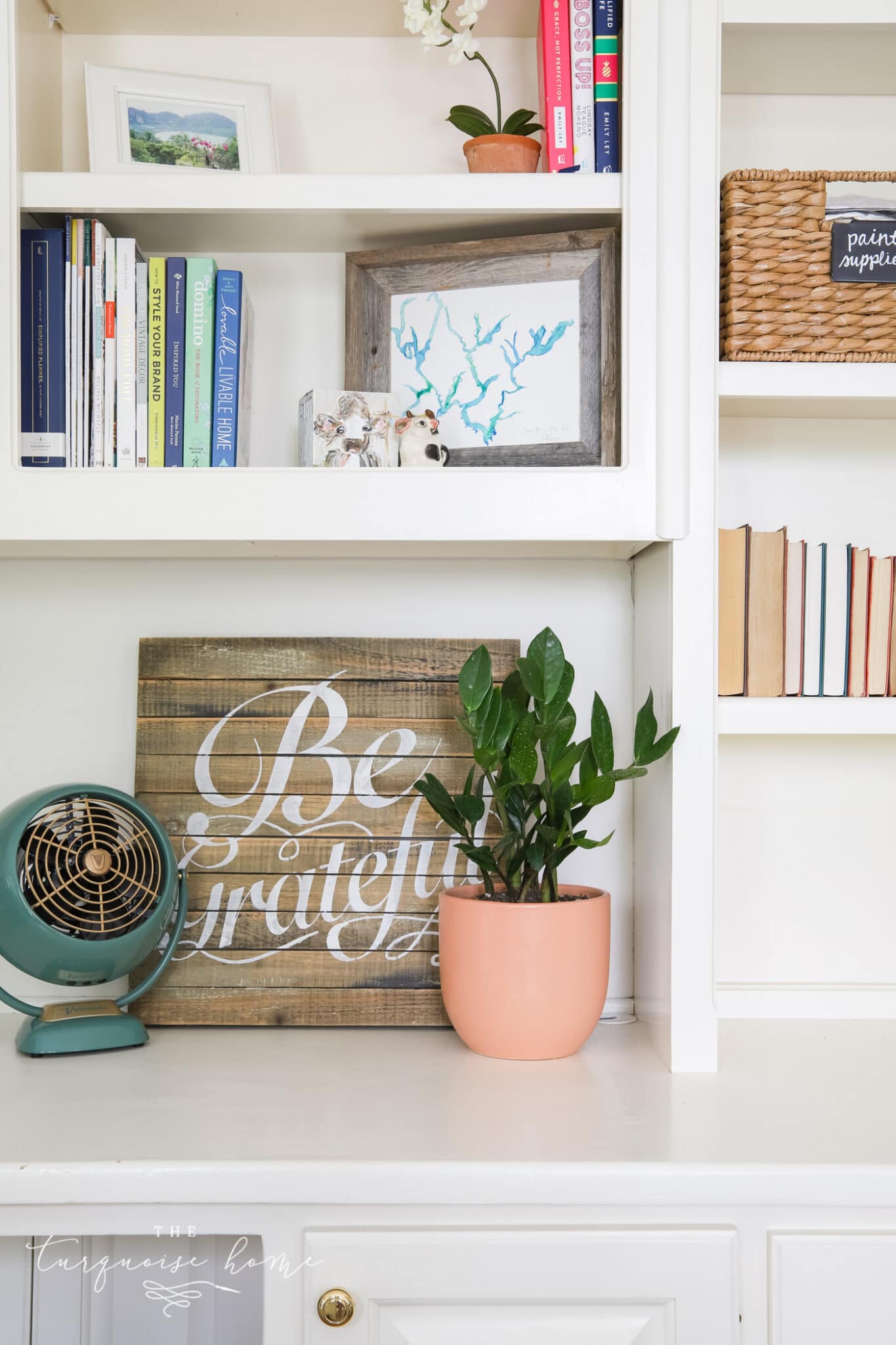
My ZZ plant has truly been so easy to care for. This low-maintenance lovely originally sat behind me in my office, but it’s grown so large after four years that I had to give it its own plant stand in the corner!
The southeast light that comes into my office works really well with the ZZ plant. And the beauty is that it doesn’t need a ton of water, so if I forget to water it for a month, it still thrives!
There have been many times that I’ve forgotten to water it, but it still thrives and grows new shoots every spring! Here’s how that same plant looks now. I had to get a new planter and it’s own plant stand because it outgrew it’s old home!
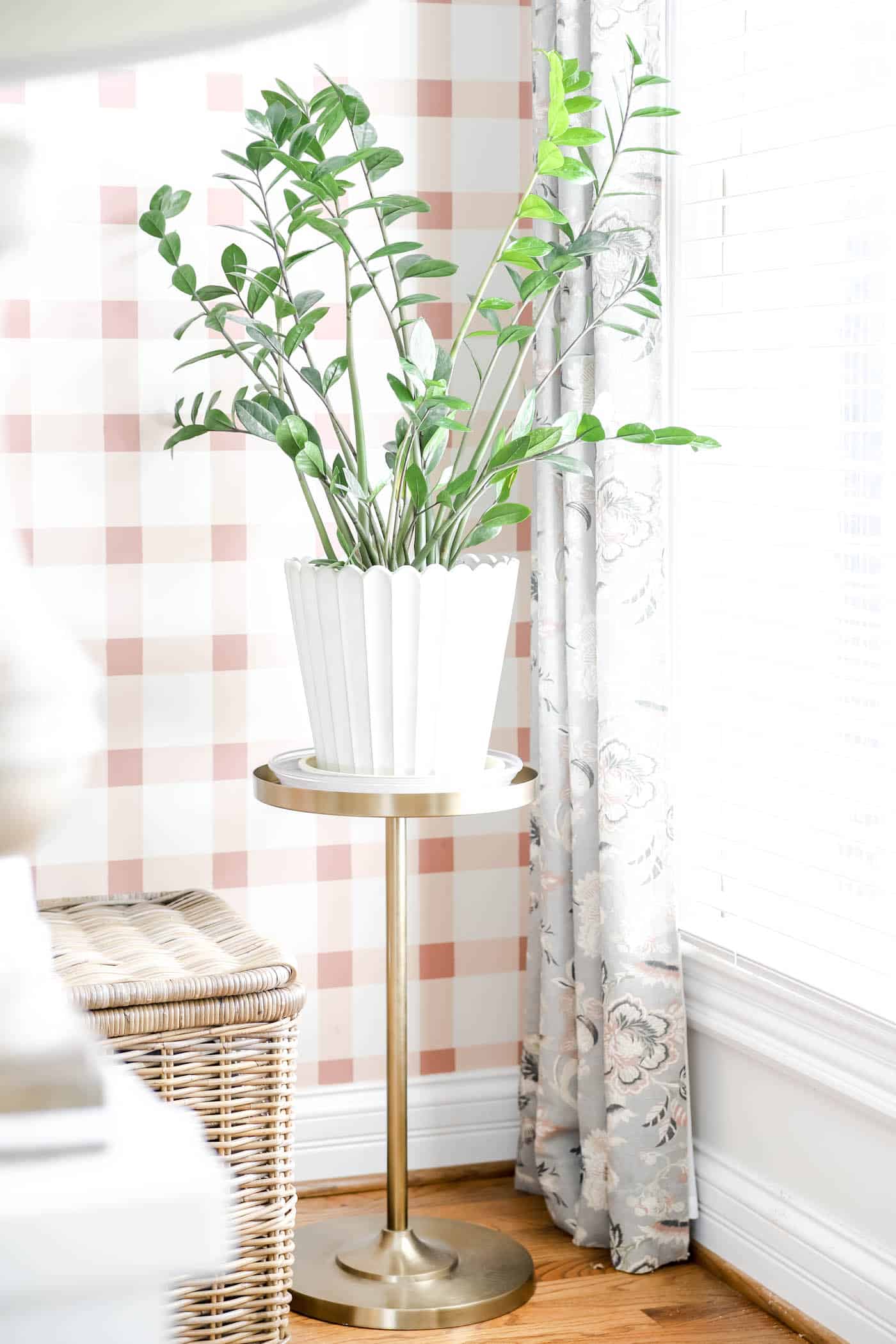
Benefits of ZZ Plants
- Easy: Again, I maintain that this is the top benefit of the ZZ plant. I’ve even seen it described as “thriving on neglect,” because it likes dry soil and can grow in low light.
- Pretty: Having originated in Kenya, ZZ plants have a tropical look with glossy, richly dark green foliage with dense texture, adding a pop of color and bringing the feeling of the outdoors inside.
- Healthy: The ZZ plant was among the few identified in a recent study as being the best for improving air quality because it passively reduces nitrogen dioxide from the air. Poisonous in large quantities, appliances like gas ovens, space heaters, water heaters and clothes dryers can emit trace amounts.
How to Care for ZZ Plants
While there’s not a lot to it when it comes to caring for ZZ plants, even easy-care plants require a little effort to thrive.
ZZ Plant Light Requirements
Medium to bright indirect light works best for ZZ plants to grow best. While they do just OK in low light conditions, they are not at all suited to direct sunlight.
When To Water A ZZ Plant
You only have to water ZZ plants maybe twice a month! They need it every two or three weeks, depending on how much light they get. To be safe, watch for the soil to dry out between each watering.
You can use a soil moisture meter to know the moisture in the soil, or touch the soil and if the soil falls off your fingers, it’s time to water. But if the soil clings to your fingers, give it more time between watering.
Fun fact: Since these plants developed by adapting to dry African climates, they have rootstalks – or rhizomes – that store water for drought conditions.
How to Clean a ZZ Plant
When it comes to cleaning, just dust the leaves, using a damp cloth if necessary. Using a mister may give it more water than it needs. You can wipe the leaves with neem oil if you have trouble with gnats. Just make sure it’s not in direct sun for a few hours after wiping with neem oil, otherwise it can burn the leaves. I do it at night so I don’t have to worry about it!
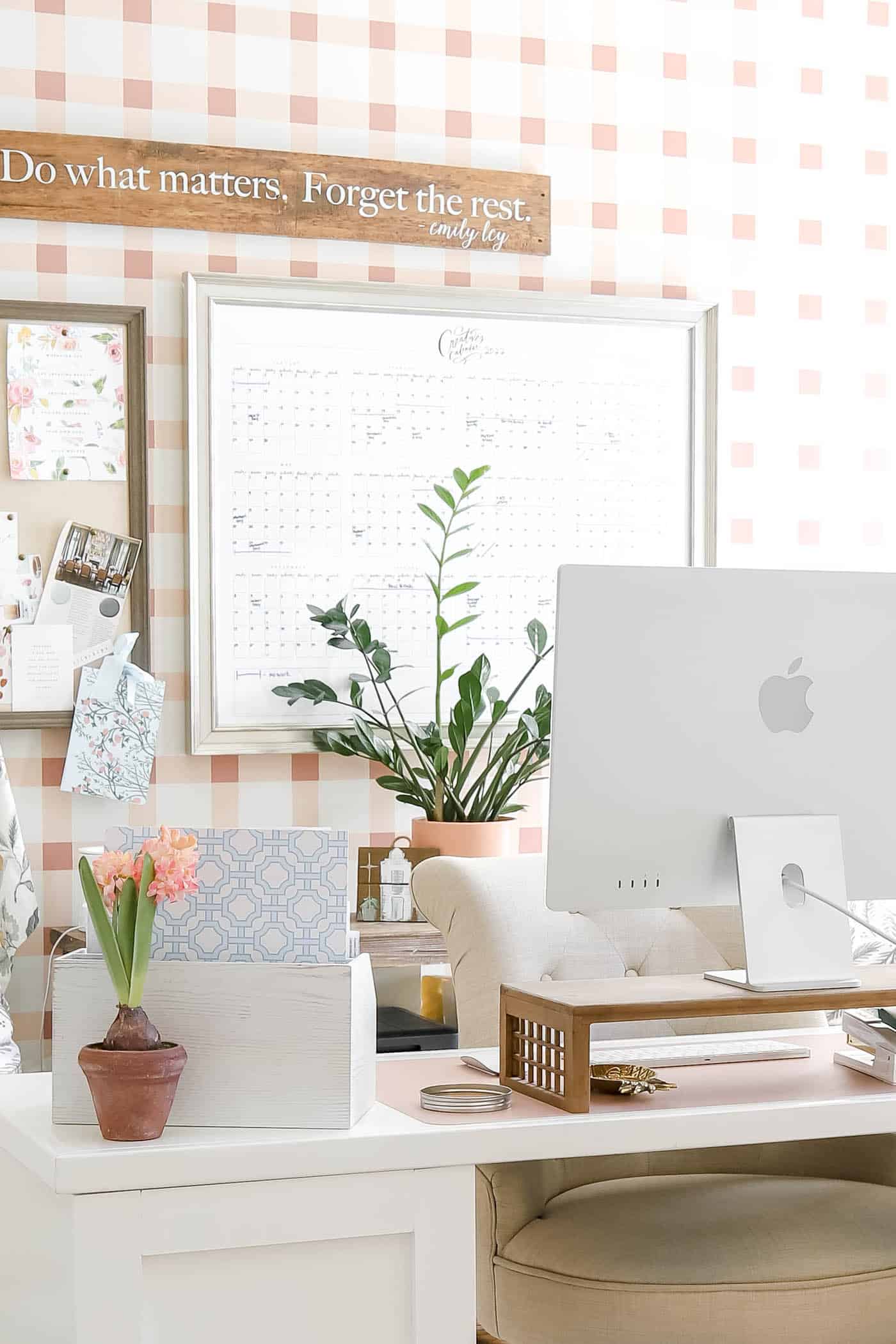
What Size Pot Do You Need for a ZZ Plant?
The rule of thumb is to measure the height of your plant, add at least an inch, and that number is the best diameter for the pot it needs. So if you have a plant that’s eight inches tall, go for a pot that’s nine or more inches across.
It’s important to note these plants need pots with good drainage, because they thrive in mostly-dry soil and minimal watering.
Repotting your plant around once every two years is recommended. Move it to a pot that’s only a little bigger than the last, which helps the roots adjust more easily.
What Type of Soil Does a ZZ Plant Need?
As noted above, ZZ plants need well-drained soil with an ideal pH level between 6.0 and 7.0. Basic indoor potting mix works fine. You can add some perlite to help ensure it drains well.
You can fertilize the soil, but like everything else with these plants — don’t overdo it. The ideal time is during the growing season only. Frequency then will depend on what type of fertilizer you use.
I use Plant Food from Happy Happy Houseplant for fertilizing all of my indoor plants. It is fine to use with every watering, and I attribute it to the good health and growth of my ZZ plant.
What Temperature and Humidity Work Best for ZZ Plants?
They are great houseplants because they like the same general range we do indoors—above 60 degrees and below 75 degrees. Maintain exactly average humidity and keep them away from cold drafts, and they’ll be great.
Are ZZ Plants Safe for Pets?
No. While they’re not lethally toxic, they can still make pets or people very sick if eaten. Keep them out of reach of your kids and critters.
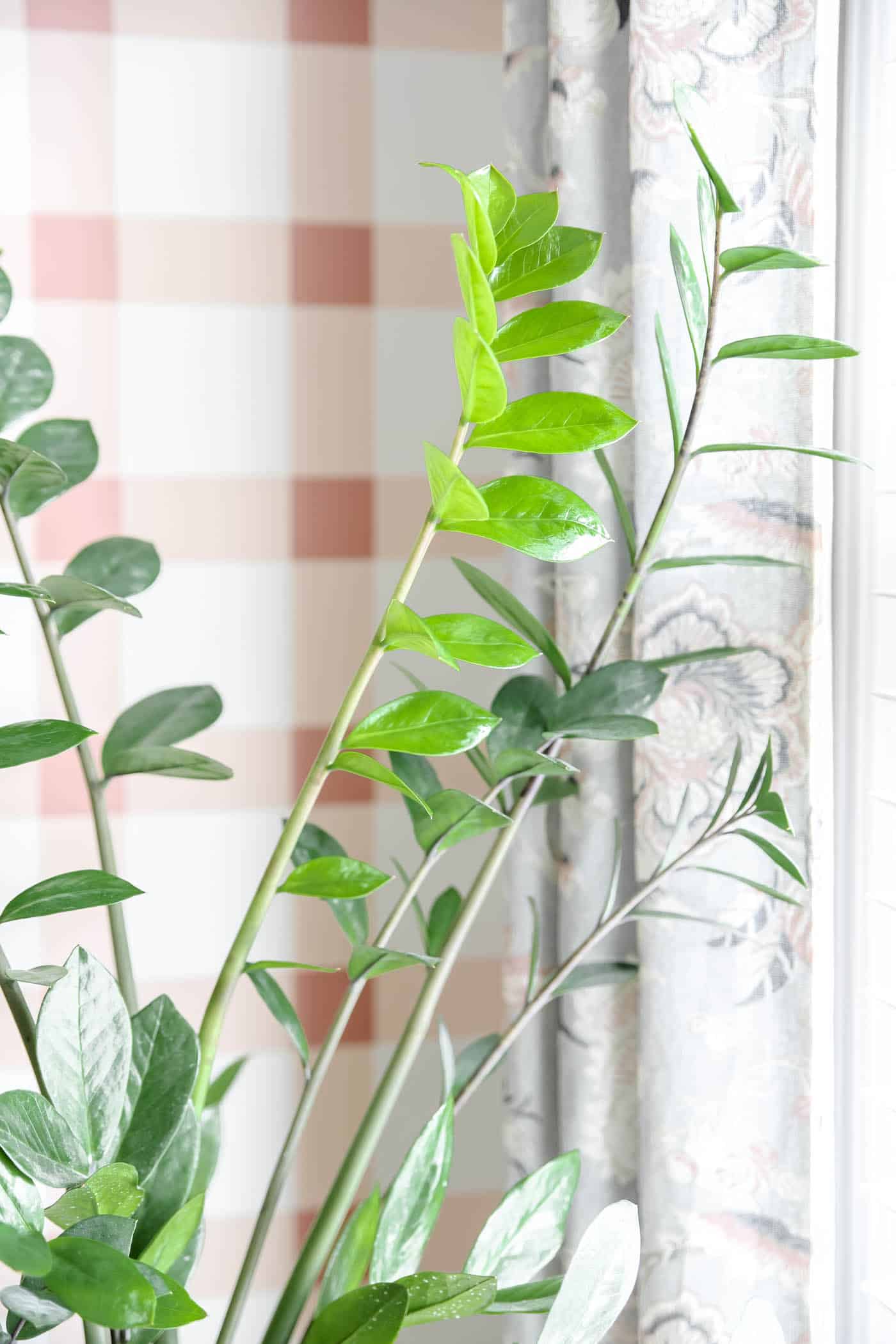
Possible ZZ Plant Problems and What to Do
ZZ plants are so easy, and so is course correcting if you notice an issue. The most common have to do with too much or too little light or water.
If your ZZ plant is:
- Wilting or getting wrinkly leaves: It needs more water. Underwatering is rare with these, but it can happen. If it does, don’t douse it; just shorten the time in the watering schedule and keep an eye on it.
- Has yellow leaves: That’s because of overwatering. If it happens, you should also check for root rot. Here is a helpful video for checking for root rot and how to rescue your plant if you have it.
- Has curling leaves or leaves that look scalded: They are. Move it to a space with much lower natural light.
- Shows signs of bugs: Spray the plant weekly with neem oil and wipe it to get rid of common houseplant pests like aphids or mealybugs. These plants are hardy and resistant on their own, but it can happen.
Let me know in the comments if you have other questions about these wonderful, easy-care ZZ plants. If I don’t know, I will be happy to find out and reply back as soon as I can.
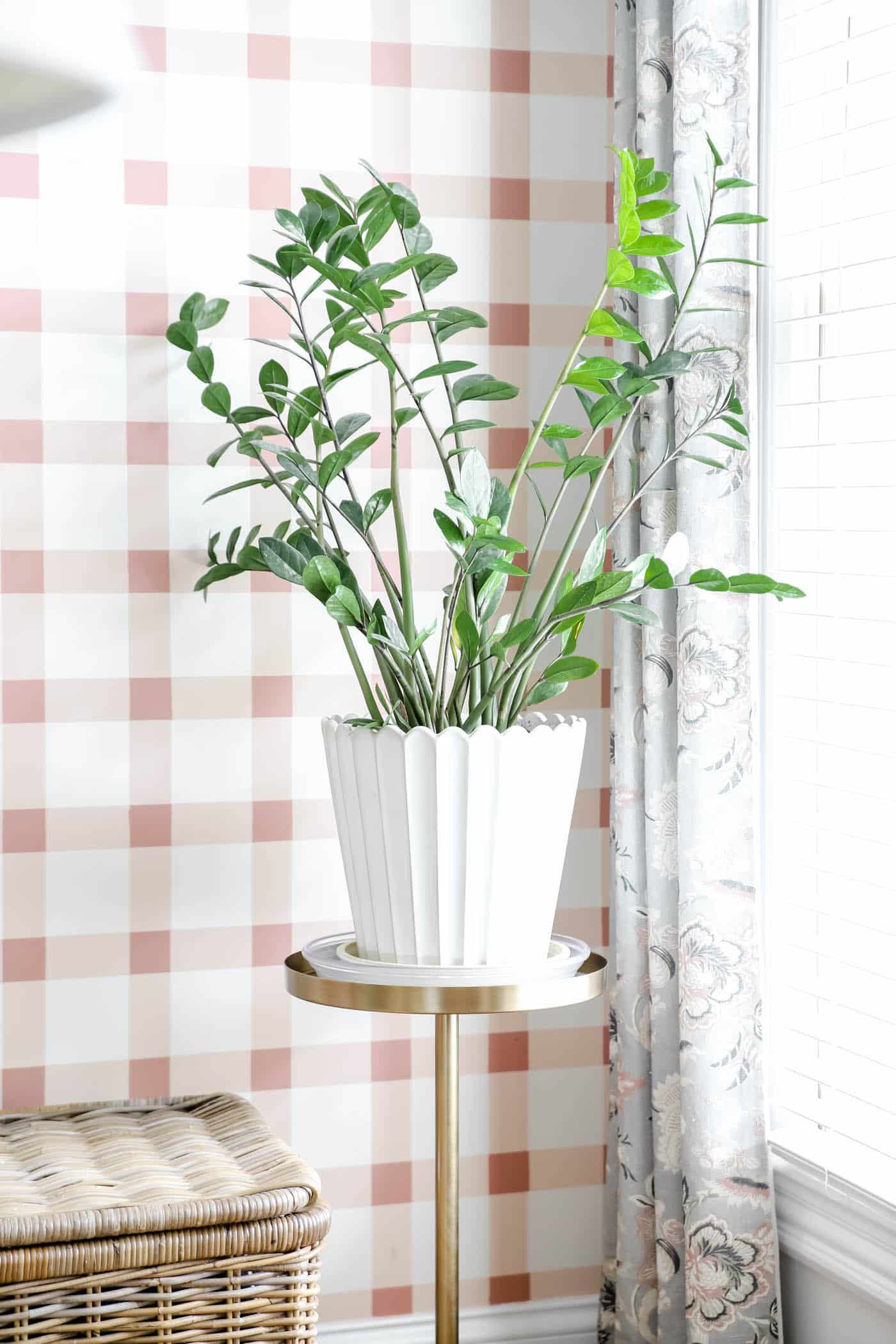
More Posts You Will Love:

